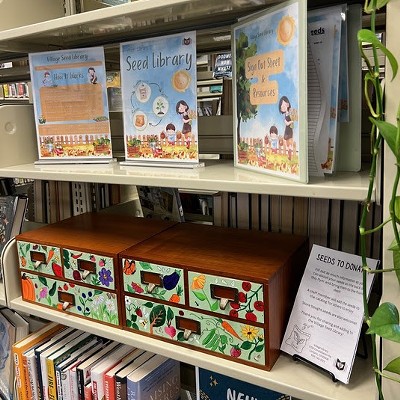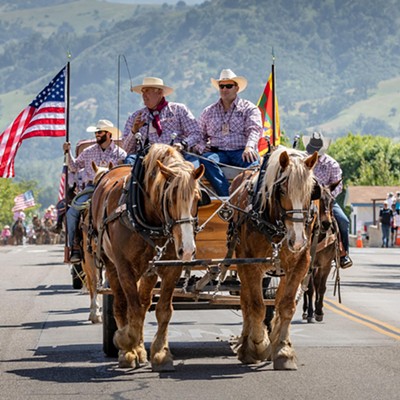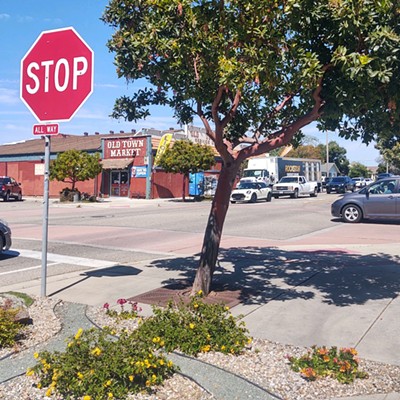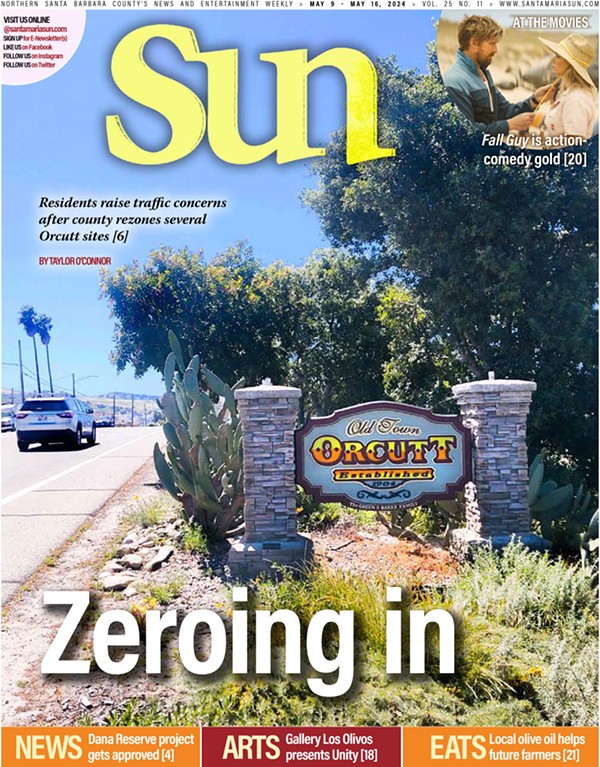The Cabrillo High School Aquarium is swimming with exciting new updates that aim to increase accessibility and authenticity for its visitors. The aquarium’s recently completed $250,000 project—funded entirely by grants and community donations—includes upgrades to its aquatic life support system as well as a brand new exhibit called the Interactive Tide Pool.
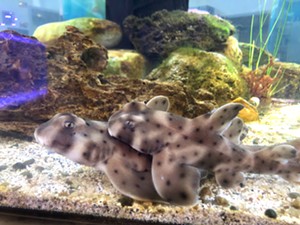
The aquarium plans to unveil the tide pool to the public on Earth Day, April 22. Though the aquarium canceled its March 18 open house due to COVID-19 precautions, the April event is still scheduled, as of March 16.
The new exhibit allows guests to physically interact with the animals inside it and replaces an old touch tank, said Chris Ladwig, an advisor to the aquarium and 2001 Cabrillo High School graduate.
“Our original touch tank was getting tired,” Ladwig told the Sun. “It was tall and inaccessible: Wheelchairs couldn’t get to it, and younger kids had a hard time. We realized we needed to replace the touch tank with something that was accessible, and we wanted it to be more authentic … . Something that would transport guests to the coast.”
The new exhibit will house a wide variety of tide pool animals, including sea stars, sea urchins, sea cucumbers, snails, abalone, and hermit crabs. The aquarium also features a large shark tank, a jellyfish gallery, and a new round tank that will include coastal fish, sea anemones, and lobsters.
In continuous operation since 1986, the aquarium had a humble beginning.
“It started in a classroom with just one student and one teacher,” Ladwig said. “They basically built an experimental aquarium, and then it just built and built from there.”
Today, the aquarium is operated by six Cabrillo High School classes, around 200 students total. Students hold roles and responsibilities, including aquarium curation, guiding elementary school tours, publishing the facility’s newsletter, and maintaining the filtration and life-support systems.
“A lot of the [student] curators I graduated with are teachers or school administrators now. They develop this level of comfort with students,” Ladwig said. “When we presented the grant [proposal] to the [Santa Barbara] County Board of Supervisors, the students did the presentation … . It’s just giving them that confidence.”
Entrusting the students with the grant proposal presentation paid off: The aquarium ended up securing its largest grant for the interactive tide pool project from the county’s Coastal Resource Enhancement Fund. The fund seeks to “mitigate significant impacts of offshore oil and gas development to coastal aesthetics, coastal recreation, coastal tourism, and environmentally sensitive coastal resources,” according to the county’s website.
While public access is limited to a monthly open house—the next one is scheduled for April 22 at 6 p.m.—the aquarium’s primary visitors are elementary students from across the Lompoc Unified School District. For the district’s fifth graders, the visit is a mandatory part of their curriculum. All together, the aquarium hosts around 7,000 visitors every year.
“Being a public aquarium at a public high school, sometimes we’re such a square peg in a round hole,” Ladwig said. “Sometimes people don’t really know what to do with us.”
But thanks to the support of grants and community fundraising efforts that made the new exhibits possible, the Cabrillo High School Aquarium will continue to serve Lompoc’s elementary students and the public for the foreseeable future.
“I want to give credit to the Lompoc Unified School District for supporting us,” Ladwig said. “[It’s] a unique program that doesn’t fit into a lot of templates.”
Highlight
• A group of local agencies recently launched a new climate collaboration to address Santa Barbara County’s vulnerability to climate-driven natural disasters. After the Thomas Fire and subsequent debris flow incidents that occurred in 2018, the new Santa Barbara County Regional Climate Collaborative “seeks to bring political leaders, practitioners, and stakeholders together to coordinate and accelerate solutions to addressing the region’s climate challenges,” a press release stated.
Staff Writer Malea Martin wrote this week’s Spotlight. Send tips to [email protected].






